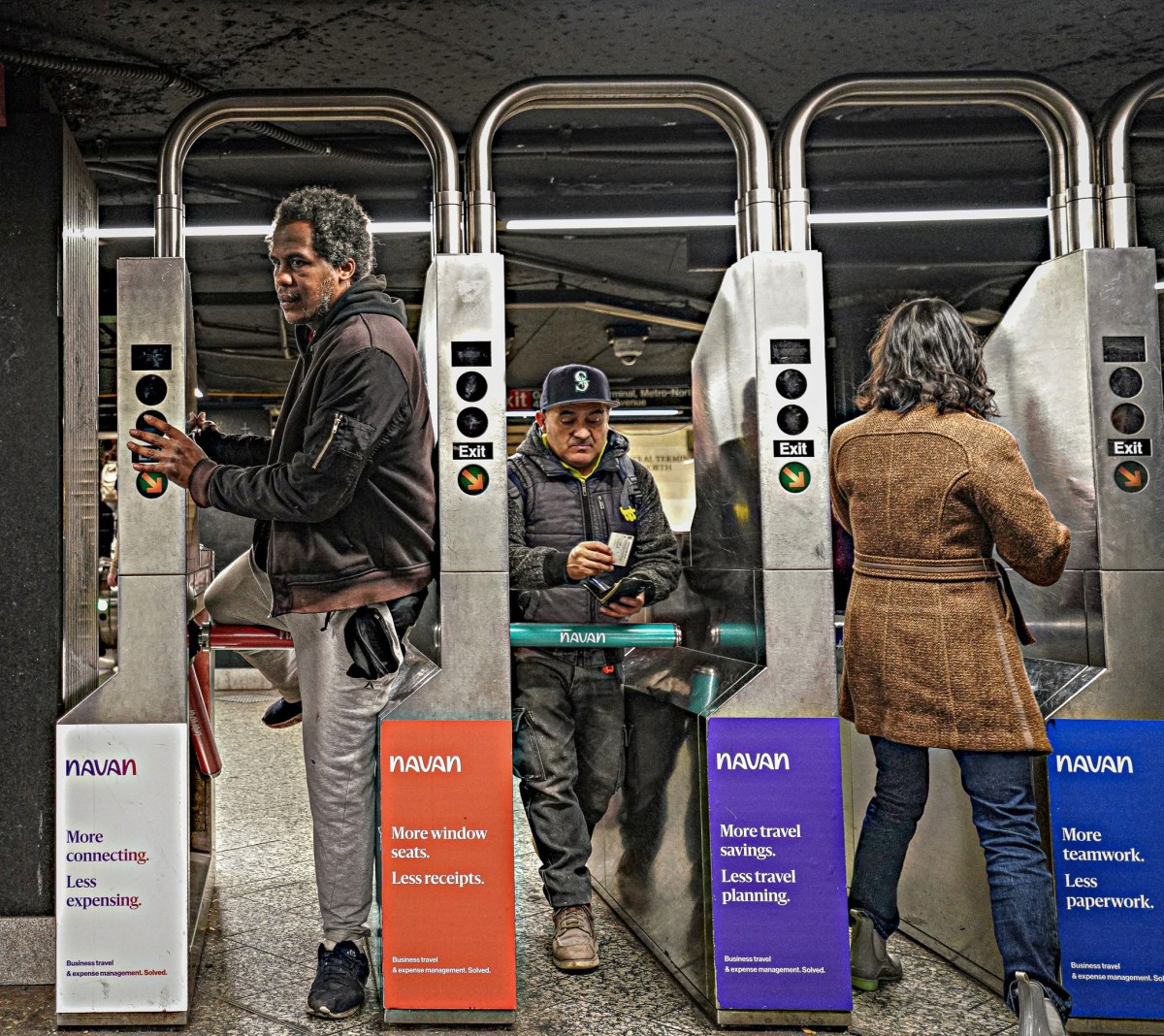It’s no secret that I view fare and toll evasion as an existential threat not only to the MTA, but also the long-term future of New York City and the region. One year after the release of a far-reaching report by the Blue-Ribbon panel on Fare Evasion, we’re starting to make progress addressing this complex, $700+-million-a-year issue.
We’ve known from the beginning that there’s no one-size-fits-all solution. There are fare evaders who are determined not to pay, those who would have paid but saw an opportunity to grab a freebie, and of course, others who might not have the means to pay. All require different approaches, and that’s what we’ve been experimenting with over the last 12 months.
Criminalization is not the priority. We want customers, not convicts. Instead, the strategy developed by the Blue-Ribbon panel responds to root causes of fare and toll evasion with the four “Es” of Education, Equity, Environment, and Enforcement.
To address the first two Es, MTA has opened 15 Customer Service Centers systemwide where New Yorkers can learn about and enroll in the City’s Fair Fares program, which provides eligible low-income applicants with half-priced MetroCards and OMNY accounts. You might have also noticed the marketing push for Fair Fares we’ve been doing onboard trains and in stations.
Special focus is being given to encouraging students to develop good habits about paying the fare – an important civic responsibility. MTA launched a rewards program this spring to boost student MetroCard usage, and we’re also working closely with the NYC Department of Education to increase compliance as we complete the transition to OMNY tap-to-pay for students next school year.
But until we can get those determined not to pay to follow the rules, we’ll still need to strategically deploy enforcement. So far this year, NYPD officers have issued twice as many summonses as they did in 2019 – more than 48,000 as of May 19.
We’ve also hired unarmed gate guards to patrol the fare area – especially emergency gates — at 50 specially selected subway stations. Since they arrived, there’s been an estimated 20-30% decrease in fare evasion levels at those stations. New York City Transit has committed to increasing the number of gate guards from 471 to 1,000 systemwide in the next few months.
The fourth E – Environment – will take the most time to address, since it involves redesigning turnstiles and all the fare infrastructure at all 472 subway stations. In the short term, we’ve upgraded 1,400 turnstiles at more than 100 locations to prevent back-cocking and installed jump-deterring turnstile fins at four pilot stations. With these mitigations, fare evasion has fallen more than 20% at those locations.
Putting a 15-second time delay on the opening of emergency gates – the superhighways of fare evasion — has been another success, leading to a 38% decrease in evasion through the gate at three pilot stations. You can expect an expansion of this program in the coming months.
But eventually, we’ll need to think bigger. Last year, we started testing new accessible wide-aisle gates at Atlantic Av-Barclays Center, 34 St ACE, Astoria Blvd NW and introduced a new full array of those gates at Sutphin Blvd-Archer Av EJZ, where fare payment increased by 20% compared to 2023. At least another 10 stations will get an improved version of those gates this year while we begin testing new technologies at MTA’s Fare Evasion Lab this summer.
Bottom line — we’ve got to get a handle on pervasive fare evasion. It’s a threat not only to the MTA’s finances – and our ability to provide service – but also to the spirit of mutual respect and fair play that makes New York not just a great City, but a great community.


































